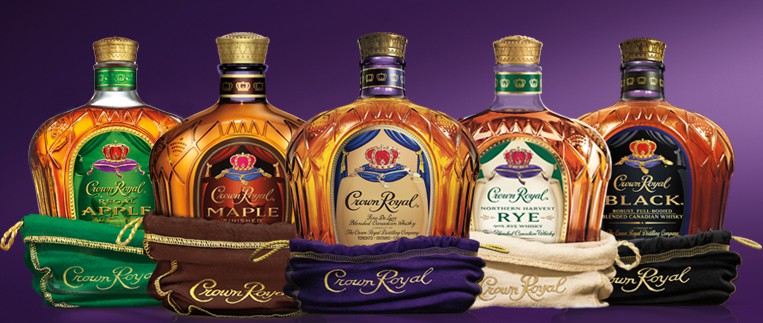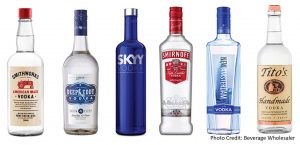
What is E150a and why is it in my whiskey?
Two weeks ago I wrote about my surprise about how vodka is manufactured, bottled, and marketed in ways that seemed to deceive us, the consumer. Today, I am doing much the same about my favorite distilled beverage whisky/whiskey. One of the ways I have been using, for many years, to separate the good from the not so good as I decide what to purchase using my hard earned money, was the depth of color of the whiskey under consideration. The deeper the amber hue, the better the whiskey ought to be, or so I told myself. Turns out I did not know anything about the use of caramel food coloring, known as E150a, in whiskey.
Last year a dear friend gave me a bottle of Crown Royal Black as a gift. As I gazed upon its deep, deep, almost black color I imaged the wonderful flavors I was going to experience as I enjoyed this product of Canada. Wow … was I disappointed. Instead of the vanilla, butterscotch, and brown sugar flavors I anticipated, I was overwhelmed by the raw taste of alcohol. It was like I was sipping vodka. In fact, if I had been doing a blind taste test I would have said I was drinking vodka. Not one to waste whiskey, no matter the quality, I finished the bottle using it as a mixer.
So, what went wrong with my color of whiskey method of judging quality and drinkability? The answer is a little chemical compound called E150a, also known as “spirit caramel”, or more simply caramel coloring. That’s right. Distillers, in some places and in some products, are allowed to add E150a to give it just the right color . Ah, Ha. Now, I am not saying that Crown Royal Black is definitely colored with E150a, or some other food coloring, but, I now know that the laws of Canada allow the producer to add food coloring to their distilled products.
So, if you are looking to purchase a Canadian whiskey, know that you just might be purchasing something that has had its color artificially enhanced. Thank goodness for scotch, right? Wrong. Just like Canadian whiskey, the laws governing the production of scotch allow the inclusion of good old E150a. The distilleries keep their “recipes” a closely guarded secret, but some well-regarded scotch whiskeys are known to include E150a, such as Talisker 10 YO (which I love) and Glenfiddich 12 YO (my first single malt). However, just like Canadian whiskey, just because they can, doesn’t mean they do. Some scotches that do not use coloring are The Macallan 12 YO and Laphroaig 10 YO.
Which brings me to American whiskeys. We Americans seem to enjoy complicating our laws and regulations, and the rules governing the use of food coloring in American whiskey are no exception. First up, bourbon. No coloring, of any type, other than what is created by storage in the charred oak barrel, can be added to bourbon. Thank goodness. Something’s pure. Straight whiskeys, whether corn, rye, wheat, barley, or whatever grain is the major component of the mash bill, also cannot include a coloring agent. Tennessee whiskey, like bourbon, cannot include a coloring agent. On the other hand, if it’s an American whiskey, and it’s not labeled “straight”, it can, and often does, include E150a. In fact, most bottom shelf American whiskeys, such as Seagram’s 7, are mostly neutral grain alcohol with food coloring added to give it that amber color. These whiskeys are often referred to as ‘brown vodka”.
Tequila and rum can also include a coloring agent, and you can bet most amber colored ones that reside on the bottom shelf do. So buyer beware. Look that amber hued bottle of Canadian, Scotch, or American whiskey, or tequila and rum, with a jaundiced eye before you buy.
Cheers. 😀
The Booze Cruzer
